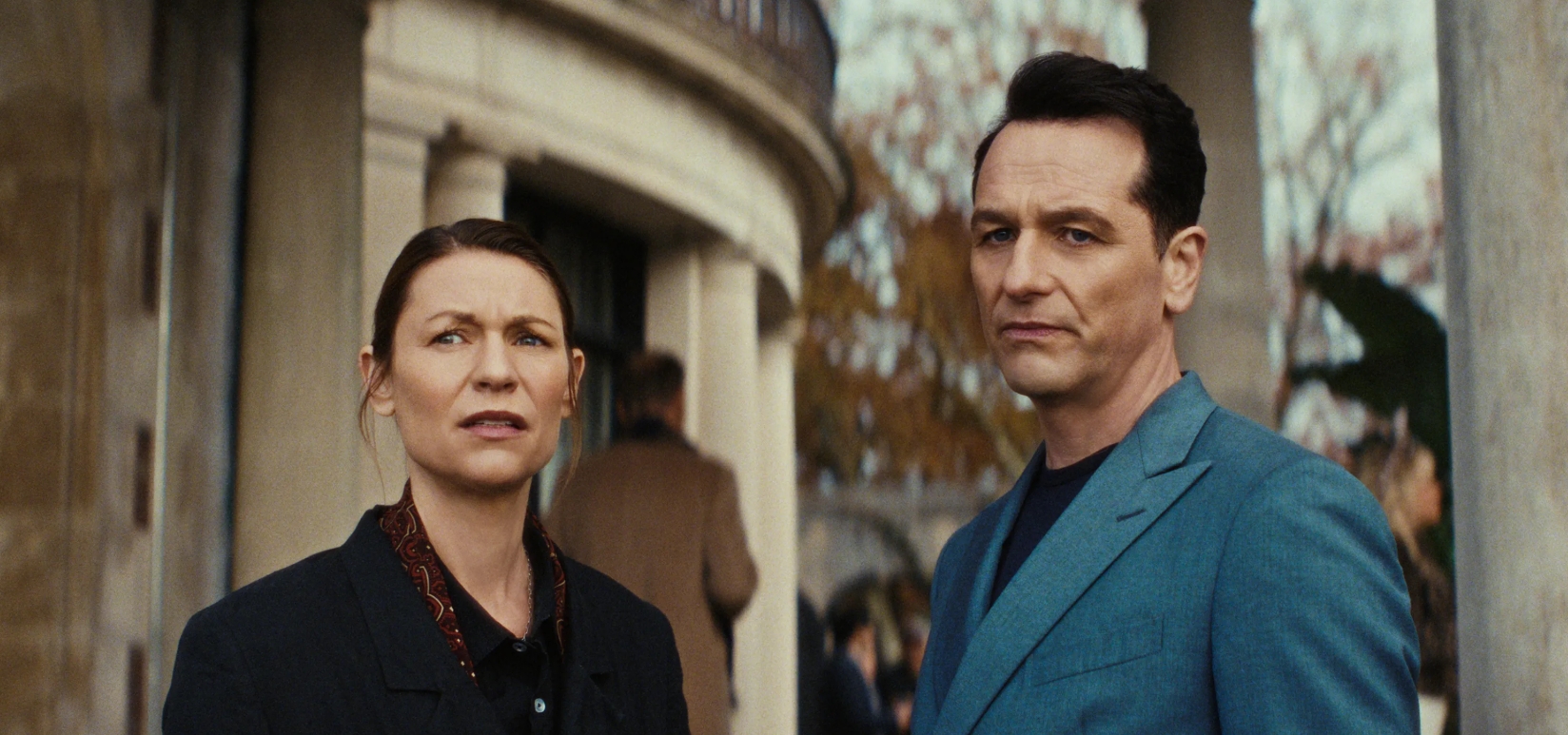The Influence of Titanic on 1990s Film Industry: Shaping Major Hits and Cultural Stories
James Cameron’s Titanic, released in December 1997, did far more than set new box office records. It marked a defining moment for late 20th-century cinema, reshaping industry standards, audience expectations, and the global cultural landscape of film. Examining how Titanic influenced 1990s cinema requires assessing its technological accomplishments, narrative choices, box office strategies, star-making effects, and the responses it inspired in both Hollywood and international filmmaking.
Revitalizing the Iconic Blockbuster
Before Titanic, grand romantic dramas that required large financial investments were considered risky endeavors. Film studios generally preferred blockbusters filled with action and special effects, or projects with moderate budgets. Cameron’s steadfast dedication to realism, showcased through his exacting reconstruction of the RMS Titanic and the use of both extensive practical sets and groundbreaking CGI, resulted in a visual extravaganza that went beyond the usual genre limits.
The enormous cost of Titanic, which allegedly rose to $200 million (an unprecedented amount at the time), was a central theme in media discussions before its release. Numerous analysts forecasted it would fail commercially. However, it ultimately amassed a worldwide revenue exceeding $2.2 billion, defying such predictions. The film’s impressive financial victory renewed studio confidence in the potential of grand-scale epics, paving the way for later hits like Gladiator (2000) and The Lord of the Rings trilogy.
Progress in Technology and Film Innovation
Cameron’s adoption of technological advancements not only transformed visual design but also impacted industry standards. Innovations in digital water simulations, meticulous miniature creation, and the flawless blending of CGI with physical settings set new standards in visual effects. The implementation of the digital intermediate process in post-production, although more restricted than current practices, predicted the imminent digital shift that would later dominate the industry.
Likewise, Titanic demonstrated the power of mixing practical and digital effects, emphasizing narrative immersion rather than spectacle for its own sake. As a direct result, other filmmakers—and studios—prioritized technological innovation that served story and character rather than becoming mere gimmicks.
Reviving the Romance Genre for a Worldwide Audience
At the heart of Titanic was an intimate romance between Jack and Rose, characters brought to life by Leonardo DiCaprio and Kate Winslet. Their chemistry provided audiences with a deeply emotional core, one that resonated worldwide. The universal relatability and poignant storytelling ensured the film’s appeal extended across languages, cultures, and generations.
El renovado interés en la epopeya romántica provocó una ola de producciones con temas similares a finales de los años 90 y principios de los 2000. Películas como Shakespeare in Love, Pearl Harbor y muchas producciones internacionales siguieron la fórmula de Titanic: altos valores de producción junto con una historia de amor trágica y monumental enmarcada en eventos históricos.
Creating a Path for Worldwide Hollywood
With nearly 70 percent of Titanic’s gross revenue generated internationally, the film underscored the growing importance of the global market for Hollywood. The movie’s cross-cultural success forced studios to consider international tastes and the value of relatable themes with universal appeal, influencing casting decisions, marketing strategies, and even narrative structures.
Consequently, the blockbuster model adapted to ensure resonance not just with American audiences, but with moviegoers worldwide. Multi-lingual dubbing, global distribution campaigns, and tailored promotional events all became standard practice in the late 1990s and beyond, in part due to Titanic’s success.
Molding the Paths of Stars and Cultural Movements
Both Leonardo DiCaprio and Kate Winslet quickly rose to worldwide fame. Their careers that followed, characterized by creative ambition and a wide range of roles, established new goals for aspiring actors globally. The craze referred to as “Leo-mania”—with hoards of admirers and products across the globe—demonstrated how a movie could transform actors into global cultural icons.
The influence of the movie reached into the worlds of fashion, music, and even online culture. Celine Dion’s My Heart Will Go On turned into a global anthem, earning the Academy Award for Best Original Song and becoming a defining piece of late-1990s pop culture.
Titanic’s Legacy within Awards and Industry Recognition
Inspiring Imitation and Parody in Popular Culture
Imitation being the sincerest form of flattery, Titanic’s narrative structure, motifs, and iconic moments were widely parodied and referenced across numerous mediums, from television to advertising. The “king of the world” moment became instantly recognizable shorthand for triumph and exuberance. Such widespread cultural penetration proved a film’s power to generate not just box office, but lasting social memory.
Encouraging Ambition and Spectacle
The positive reception for Cameron’s audacity—his blending of genres, massive runtimes, and uncompromising attention to detail—encouraged filmmakers to dream bigger. The late 1990s saw the rise of films that embraced lengthier runtimes and grandiose storytelling, lessons reinforced by the subsequent financial triumphs of other cinematic epics.
Reflective Synthesis
Upon reflection, Titanic crafted a framework that altered Hollywood’s focus and reshaped what audiences anticipate. Its advancements in technology, promotion, and narrative had a lasting impact on the industry, affecting all aspects from blockbuster funding to how directors integrate grand visuals with emotional depth. Titanic showed that taking risks in film, paired with global themes and superior technical skills, could set new standards both in commercial success and artistic value. The momentum it created continues to shape the goals and frameworks of current major movies, solidifying its position as a revolutionary influence in cinema from the 1990s and worldwide.


